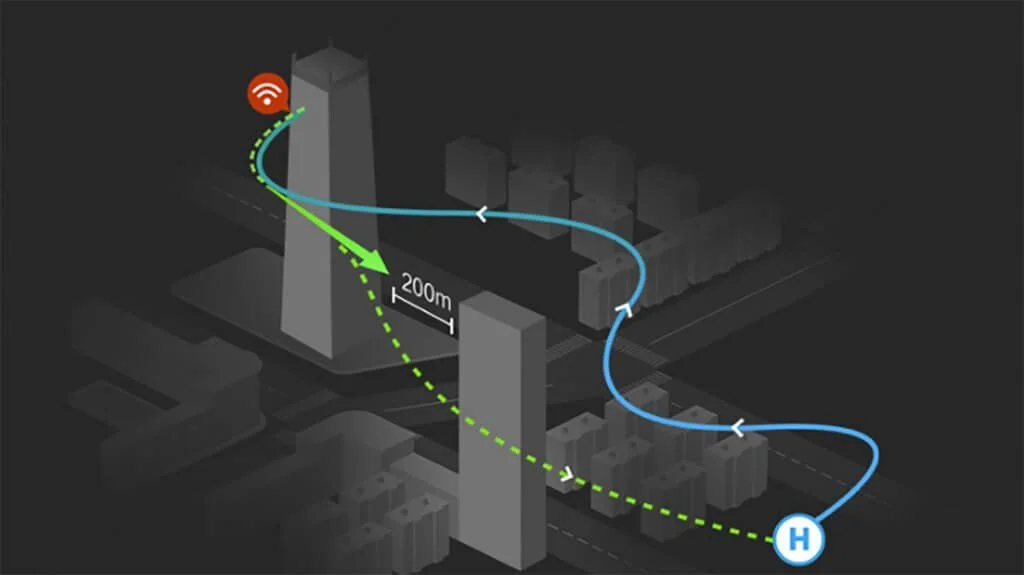The Crucial Role of Automatic Return-to-Home in Safe Drone Flights
In the ever-evolving world of drone technology, safety remains paramount. While skilled piloting is essential, modern drones are equipped with sophisticated features designed to mitigate risks and ensure a safe flight experience. Among these crucial safety mechanisms, the Automatic Return-to-Home (RTH) function stands out as a true guardian angel for your aerial endeavors.
The Automatic Return-to-Home feature is precisely what its name suggests: the drone's ability to autonomously fly back to its designated home point – typically the take-off location – without any manual input from the pilot. This isn't just a convenient feature; it's a critical safety net designed to prevent potential disasters in various unforeseen circumstances.
One of the primary scenarios where RTH proves invaluable is in the event of loss of signal. Drones communicate with their remote controllers via radio frequencies. Obstructions, distance, or interference can sometimes disrupt this connection. When a drone loses signal, it can become unresponsive and potentially drift away or even crash. The RTH function is often triggered automatically after a predetermined period of signal loss, ensuring the drone autonomously navigates back to a safe landing zone.
Another crucial safety benefit of RTH is its activation during low battery levels. Modern intelligent batteries constantly monitor their charge and communicate this information to the drone and the pilot. If the battery level drops below a critical threshold required for a safe return flight, the drone will often initiate RTH automatically. This prevents the drone from running out of power mid-flight and potentially falling out of the sky in an uncontrolled manner.
Furthermore, RTH can be a lifesaver in situations where the pilot experiences disorientation or loses visual line of sight with the drone, especially at longer distances or in complex environments. Instead of panicking and potentially inputting incorrect commands, the pilot can simply activate the RTH function, allowing the drone to safely navigate back to a familiar location.
Many advanced drones also incorporate obstacle avoidance technology that works in conjunction with RTH. While RTH is primarily about returning to a GPS coordinate, obstacle avoidance helps the drone navigate around any obstructions it might encounter on its way back, further enhancing the safety of the autonomous flight.
It's important to note that while RTH is a powerful safety feature, pilots should always be aware of their surroundings, set a safe home point before each flight, and understand the RTH settings of their specific drone model. Factors like strong winds or GPS interference can sometimes affect the accuracy of the RTH, so maintaining situational awareness remains crucial.
In conclusion, the Automatic Return-to-Home function is an indispensable safety feature in modern drones. It acts as a reliable backup in critical situations like signal loss, low battery, or pilot disorientation, significantly enhancing the safety and reliability of drone flights. Understanding and trusting this "guardian angel in the sky" allows pilots to fly with greater confidence and peace of mind.


